Click Here To Join Our Telegram Channel for FREE daily tutorials!
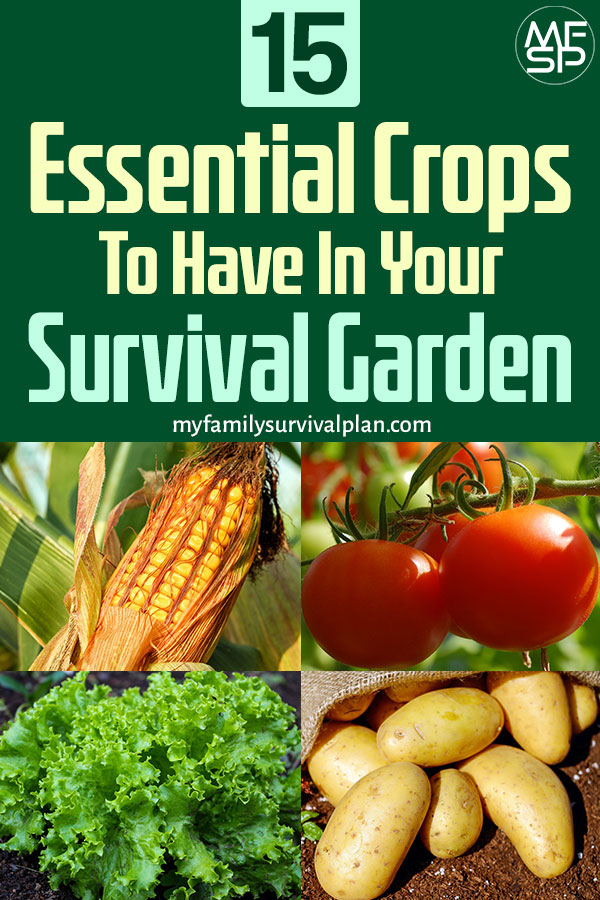
15 Essential Crops To Have In Your Survival Garden. Photos – Pixabay (PD)
In a survival scenario, the keyword is self-reliance. The weekly trips to the local food markets or stores will cease to become an option. And even if available, the prices will most likely sky-rocket so that it just won’t be convenient anymore. What you need to do is consider the possibility to set up your very own garden, which will sustain and provide for you and your entire family. It’s a rather complex task, but it’s nowhere near impossible. And once you’ll get the hang of it, it will become rather relaxing and enjoyable.
It’s something that can ultimately be achieved by the average Joe, with enough practice, resources, and dedication. You don’t have to be a professional farmer, you’ll just have to educate yourself a little on the matter. Be aware of the sustenance and nutrients each product has to offer, calculate how much land you’ll need for the endeavor and set your budget. Your best weapon (if you decide to pick up the shovel) is information: educate yourself on season crops, micro-farming, insect repellants, seed collections and storage and on the nutritional value of various crops.
And arm yourself with patience, because this type of activity requires a lot of practice if you’re starting from scratch. But you’ll get better at it with time, and at some point, you’ll be become self-sufficient, even though if you originally started gardening as a hobby. When it comes to choosing the right seeds, I strongly recommend getting non-GMO or heirloom variety seeds. These seeds will continue to reproduce, unlike the hybrid varieties that stop reproducing after the first season. Let’s have a look at different types of seeds that are suited for your very own survival garden.
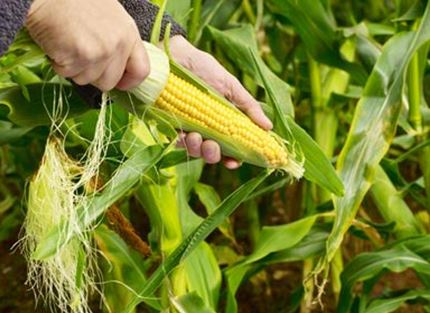
Corn – it’s a warm-weather crop, very intolerant to low temperatures, so you should plant it only after the last frost. It usually produces two ears per stack and it’s loaded with calcium, iron, and protein. It’s easy to pick and to store.
Wheat – possibly the most common crop in the world, because of its large content of nutrients like copper, iron zinc and potassium. Spring wheat is planted in early spring and it’s the most common variety in the world. Winter wheat can be planted anytime from late September to mid-October.
Potatoes – they’re high in protein, vitamin C, vitamin B6 and potassium. It’s best if you plant your potatoes 4 – 6 weeks before the last frost. An average plant will hold somewhere in the lines of 4 -6 potatoes per sprout. When storing them, just know to keep them in a very cool and dark place, away from fruit.
Peas – it’s one of the most (if not THE) easiest plants to grow, because most varieties are not pretentious and grow very fast. Peas are rich in fiber, protein, potassium, vitamin A, Vitamin B6 and more. The best varieties to consider are the snap, the shelling and the sugar and snow pod. They will do just fine even during a harsh winter, as they’re resistant to frost.
Spinach – considered the original super-food, it’s a great source of nutrients such as vitamin A, vitamin C, folic acid, iron, and thiamin. It’s easy to grow, and most species grow best during winter. There are a few though that stray from the rule, so inform yourself before purchase.
Tomatoes – once again, we’re dealing with one of the easiest plants to plant and grow. It’s very nutritious as it’s abundant in vitamin A, vitamin C, vitamin K, vitamin E, potassium, thiamine, and niacin. To make sure you get plenty of them throughout the year, just plant the first batch in late spring and the second one in late summer.
Beans – they come in many varieties, such as kidney beans, pole beans, bush beans etc. They are rich in fiber, vitamin A, vitamin C, potassium, and Calcium. Pole beans require steak firmly planted in the ground, on which the plant can grapple and grow. Their grow cycle is shorter than that of the bush beans and the yield production is better as well. It’s easy to grow and staggering the plant will give continuous yields.
Carrots – there are very easy to grow and prefer cooler weather. So the best time for planting would be during fall, winter or early spring. They’re rich in vitamin A and beta-carotene, which is excellent anti-oxidant which does wander for your eyesight, skin or hair.
Garlic and Onions – they’re a very rich source vitamin B6, vitamin C, potassium, dietary fiber and folic acid (folate). They’re best planted in mid or late October and can be pulled early in case you’re eager to have green onions or garlic.
Cucumbers – they come in all shapes and sizes, with many varieties to choose from. You can pick whatever you like, from large to small ones (which are excellent for pickling). They are very nutritious, as they are loaded with vitamin A, vitamin C, vitamin K, and potassium. They are a crop for warm weather and if you pick them regularly, you’ll get increased production.
Lettuce – not only will it be easy to plant and grow, but is also one of the earliest harvests you’ll get. It’s best if you plant it somewhere at 6 – 8 before the first frost date for optimum results. It grows quickly and you can pick it partially simply by choosing a few leaves at a time. The nutritional content differs in case of variety, but mostly all contain proteins, vitamin A, vitamin B6, vitamin C, calcium, potassium, folic acid, and iron.
Eggplants – it’s one of the most versatile vegetables when it comes to cooking, as it offers a lot of possibilities. It’s a warm weather plant and doesn’t do well during winter. So you should wait after the last frost is over in order to plant it. It’s high in fiber, vitamin B1, vitamin B6, and anti-oxidants.
Broccoli – it’s a plant that grows rather easily. It’s usually planted mid to late summer and by the time fall is upon us, you’ll have your first broccoli harvest. It has, however, the tendency to give yields even after the first harvest. It can withstand mild frost, but won’t survive a harsher climate. A far as nutrients go, it’s most commonly packed with vitamin A, vitamin K, and protein.
Cauliflower – it’s a cool season vegetable, resistant to low temperatures. It’s quite fast to grow and gives extremely rich yields. It’s very nutritious and can be very versatile when it comes to cooking. It’s packed with vitamin C, vitamin K, and dietary fibers.
Turnips – the seeds are best sown in late may, but if you get caught in doing anything else and forget, early summer will do just fine. They’re easy to manage, as they’re very resilient to plant diseases. It’s very versatile too, as you can eat the whole plant, green and root alike. They contain calcium, vitamin B6, vitamin C, and iron.
This list is a must for your very own garden, the plants that no survival enthusiast should go without during a crisis. Remember what I said before: take your time and practice, because it’s unlikely you’ll be successful right away. But once you get the hang of it, you and those close to you won’t go hungry a day in case SHTF. So get going, get your hands dirty and you’ll pick the fruit of your labor in no time… literally!
This Crazy Off Grid Device Literally Makes Drinkable Water From Fresh Air:
According to NASA, the U.S. is expecting a 100-YEAR LONG MEGADROUGHT.
It's already begun. Ask the farmers in California. They know.
Every survivalist knows that water is of critical importance. You NEED an independent water source that you can count on!
As an interesting "survival rehearsal" - imagine that you turned the tap on right now and nothing came out. How long would you last?
But what if there was another water source literally hidden in plain sight. That's right, I'm talking about the atmosphere!
The amazing thing about getting water from the natural moisture in the air... is that it is ALWAYS available.
This gives you real water security!
Learn more about how to tap into "Nature's secret water reservoir" and stay hydrated when TSHTF!
Watch the video:
😳 What Tinnitus Does To Your Brain Cells (And How To Stop It)
After 47 years of studies and countless brain scans done on more than 2,400 tinnitus patients, scientists at the MIT Institute found that in a shocking 96% of cases, tinnitus was actually shrinking their brain cells.
As it turns out, tinnitus and brain health are strongly linked.
Even more interesting: The reason why top army officials are not deaf after decades of hearing machine guns, bombs going off and helicopter noises…
Is because they are using something called "the wire method", a simple protocol inspired by a classified surgery on deaf people from the 1950s...

I Can't Help Showing This Off:
If you haven't heard of Claude Davis yet do yourself a huge favor and watch this video.
One of the smartest guys I ever had the pleasure of meeting, Claude set-up a unique prepping system that changed his life forever.
I already tried it myself and let me tell... you I was completely blown away... His surprising tactics could make your life easier and give you the peace of mind you deserve.
Don't just take my word for it... watch his short video and decide for yourself.

Most People Don't Have The Guts To Try This:
An amazing discovery in an abandoned house in Austin, Texas: A lost book of amazing survival knowledge, believed to have been long vanished to history, has been found in a dusty drawer in the house which belonged to a guy named Claude Davis.
Remember... back in those days, there was no electricity... no refrigerators... no law enforcement... and certainly no grocery store or supermarkets... Some of these exceptional skills are hundreds of years of old and they were learned the hard way by the early pioneers.
>> Click here to find out about them now
We've lost to history so much survival knowledge that we've become clueless compared to what our great grandfathers did or built on a daily basis to sustain their families.
Neighbors said that for the last couple of years Claude has tried to unearth and learn the forgotten ways of our great-grandparents and claimed to have found a secret of gargantuan proportions. A secret that he is about to reveal together with 3 old teachings that will change everything you think you know about preparedness:
>>> Click Here To Watch His Short Video <<<

More Off-Grid And Survival Resources:

What REALLY Happens When You Bury a Shipping Container? (Hint: It's A Bit Crazy...)
Shipping containers are all the rage - but if you are thinking about buying one, you MUST watch this video first:
There's a general belief that if you bury a shipping container you can create an awesome root cellar / storm shelter / survival bunker.
But is a shipping container strong enough to handle the pressure?
Watch the video to see what happens:
What Really Happens When You Bury a Shipping Container? (Click To Watch Video)





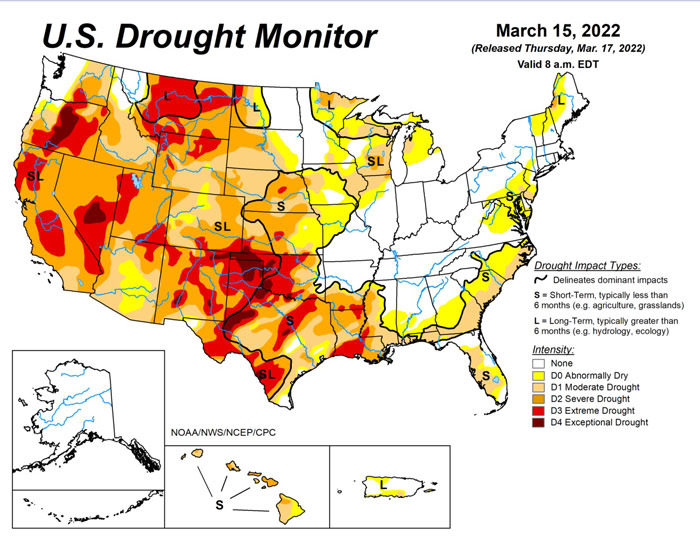
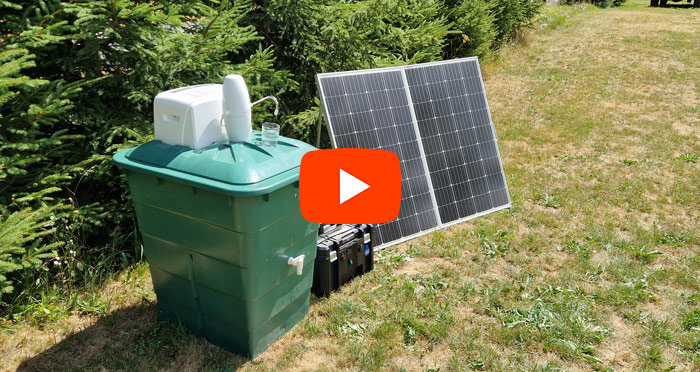




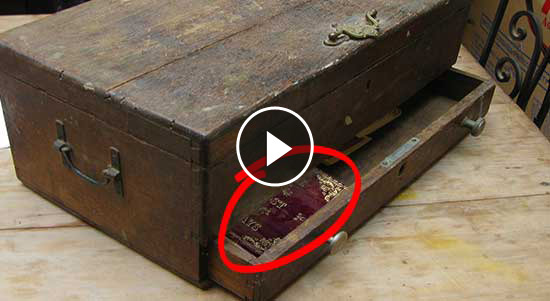
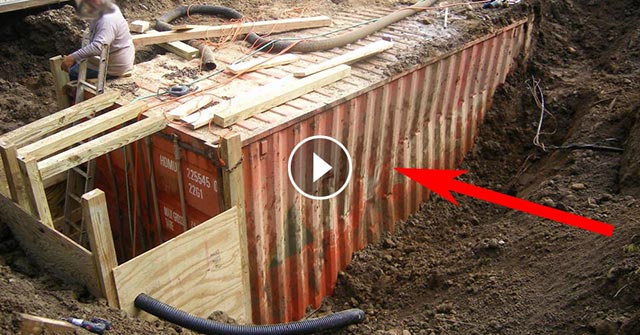
I think you should add winter squash because they are easy to grow and store well. Butternut Acorn Hubbard